How Reliable Are Math Solvers Compared to AI's Gold?
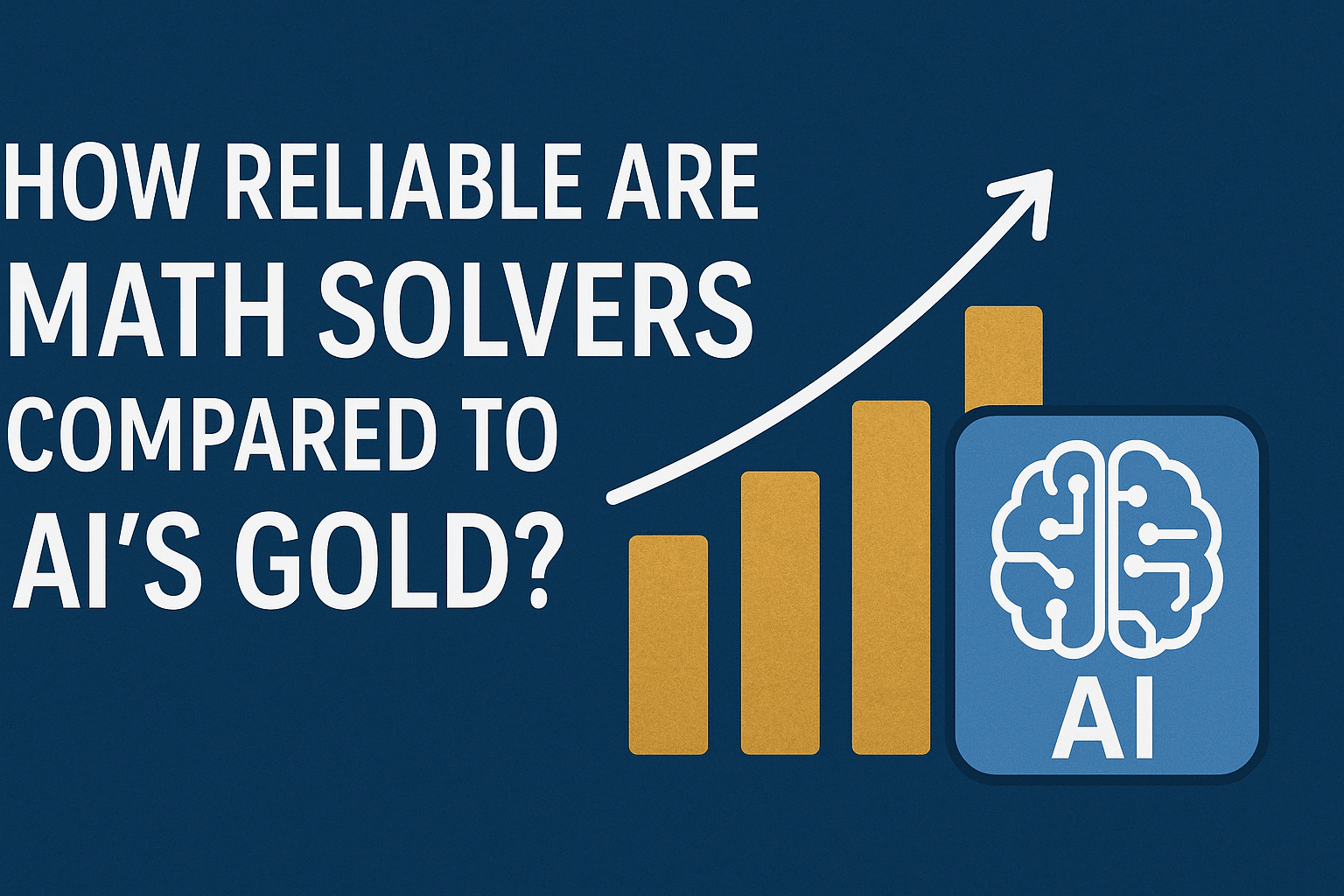
In July 2025, artificial intelligence achieved a landmark moment: Google DeepMind's Gemini Deep Think and an advanced experimental OpenAI reasoning model both reached gold-medal–level scores at the International Mathematical Olympiad (IMO). Each solved five of the six notoriously difficult problems, scoring 35 points—the minimum for gold. These problems spanned areas such as advanced algebra, combinatorics, Euclidean geometry, and number theory, fields that require deep insight, creativity, and precision. The achievement raises an intriguing question: while these AI systems demonstrate elite performance under timed competition conditions, how does the accuracy and capability of an everyday math solver compare? This article explores the specifics of AI's IMO success, the evolution of AI reasoning, the strengths and weaknesses of math solvers, and evaluates GoMim as a standout example.
AI Winning Gold: A New Era in Mathematical Reasoning
The 2025 IMO, held in Queensland, Australia, saw a groundbreaking event. For the first time, AI models trained without direct exposure to the test's solutions matched the performance of top teenage mathematicians from over 100 countries. DeepMind's Gemini Deep Think completed its reasoning within the 4.5-hour limit, producing detailed, human-readable proofs for geometry problems and elegant combinatorial arguments. Its 35/42 score put it alongside human gold medalists, earning praise from IMO president Prof. Dr. Gregor Dolinar, who called it “an extraordinary display of structured reasoning.” Similarly, OpenAI's high-compute reasoning model, tested separately but on the same problems and graded by former IMO champions, reached the same gold-level threshold. Given that historically fewer than 10% of participants secure gold, this achievement signals a new era in AI's problem-solving capabilities, redefining what machines can achieve in competitive mathematics.
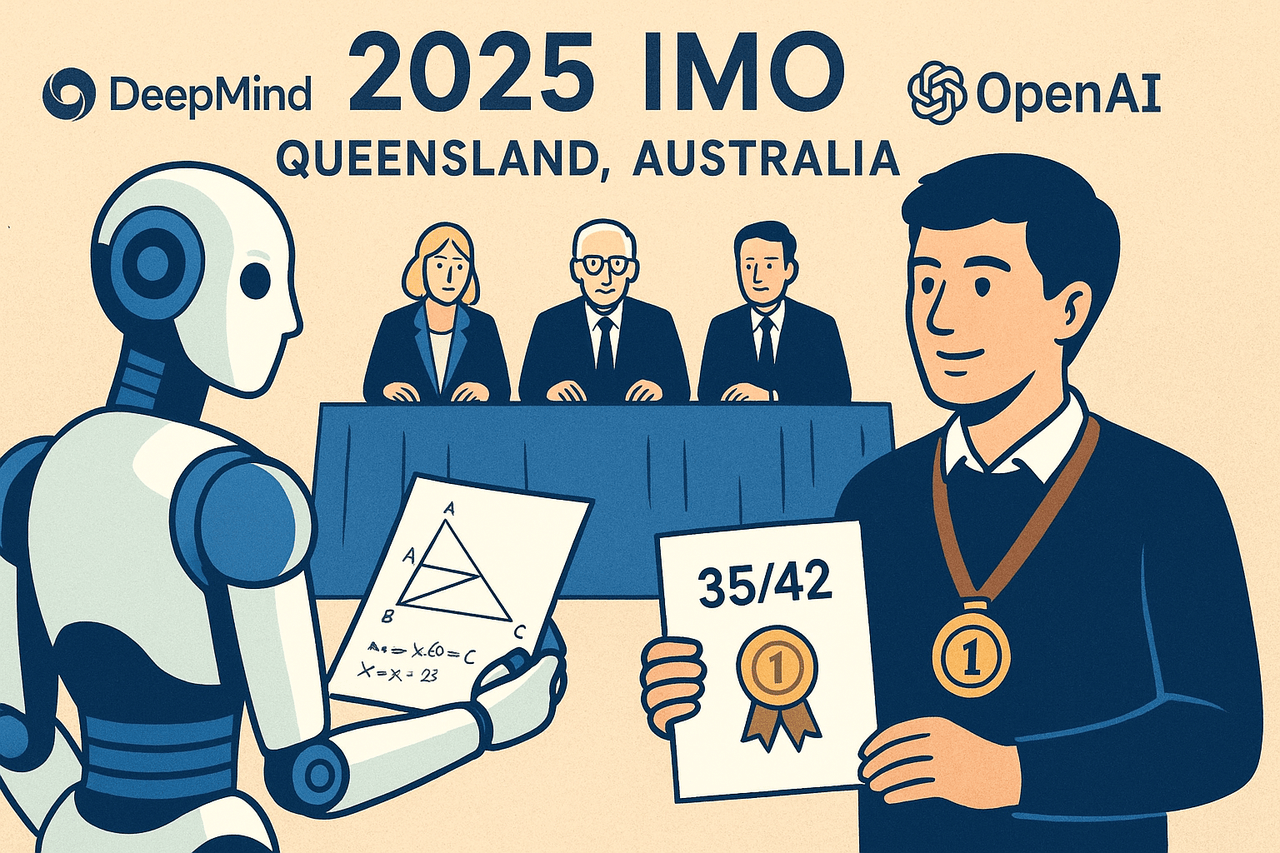
Progress in AI Math Reasoning: Revolutionizing Problem Solving
Modern AI math reasoning is built on a combination of deep learning for pattern recognition, reinforcement learning for strategic exploration, and symbolic reasoning for logical rigor. When faced with a problem like proving
\[
\sum_{k=1}^{n} k^3 = \left( \frac{n(n + 1)}{2} \right)^2
\]
an advanced AI can quickly recall relevant theorems, test multiple proof strategies (such as induction or algebraic manipulation), and select the most concise, elegant approach. Unlike traditional calculators, these systems don't just output numbers—they present reasoning chains with clear justifications for each step. This capability not only makes them valuable for competitions but also for academic research, where exploring alternative solution paths can lead to deeper insights.
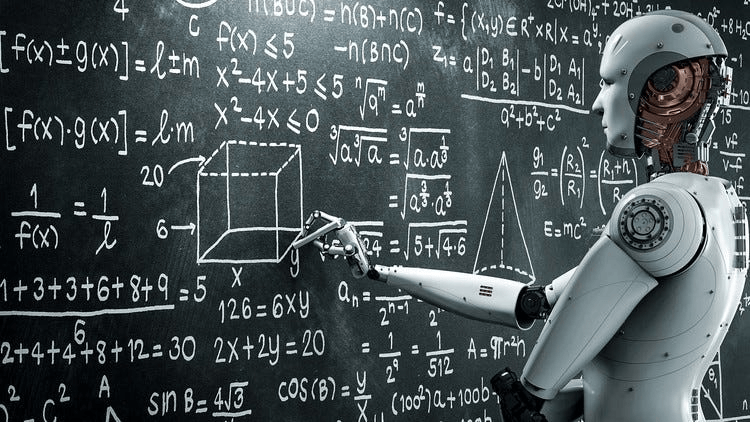
The Accuracy of Math Solvers: Challenges and Opportunities
Everyday math solvers differ significantly in both accuracy and scope, but their performance limitations become particularly clear when moving beyond routine calculations. While certain tools excel at arithmetic, algebraic simplifications, or standard equation solving, they often struggle with problems requiring nuanced interpretation, multi-step reasoning, or proof-based logic.
Key challenges include:
- Complex Problem Interpretation: Translating real-world or competition-style word problems into formal mathematical language requires contextual understanding, symbol selection, and assumption clarification—areas where many solvers fail without sophisticated natural language processing and domain-specific training.
- Multi-Step Logical Coherence: In tasks such as proving inequalities, constructing geometric proofs, or solving nested probability questions, each intermediate step affects the final result. A single oversight can cascade into a fundamentally incorrect answer, and many solvers lack the iterative self-checking mechanisms to catch these mistakes.
- Integration of Multiple Domains: Problems that blend algebra, geometry, and combinatorics—common in advanced coursework—require flexible reasoning across different branches of mathematics, which is still beyond the capability of most mass-market solvers.
- Educational Engagement: Offering a final numerical result without intermediate reasoning deprives learners of the chance to understand the “why” behind the solution. Without scaffolding, hints, or alternative solution paths, the solver becomes a crutch rather than a learning partner.
Opportunities for advancement include:
- Advanced Reasoning Verification: Embedding formal proof-checking algorithms and symbolic verification to ensure correctness of each step.
- Context-Aware Interpretation: Leveraging advanced language models to better parse and structure complex problem statements, including ambiguous or under-specified scenarios.
- Adaptive Learning Design: Creating solvers that not only solve but also adapt explanations to the learner's skill level, reinforcing concepts through guided questions.
- Cross-Domain Problem Handling: Expanding solver capabilities to seamlessly combine algebraic manipulation, geometric visualization, and probabilistic reasoning within one coherent solution path.
By addressing these challenges with cutting-edge AI and thoughtful educational design, math solvers can evolve from answer generators into true problem-solving companions, fostering deeper understanding and sustained mathematical growth.
Why GoMim Stands Out as Your Math Solver of Choice
Building on the broader challenges and opportunities facing math solvers, GoMim positions itself as a balanced solution—bridging the gap between cutting-edge AI capabilities and the practical needs of everyday learners. Rather than aiming to replicate the elite performance of IMO-level AI systems, GoMim focuses on reliability, accessibility, and adaptability in real-world academic contexts.
Its features include:
- Step-by-Step Solutions with Clarifications: Students can review each stage of a problem and request further explanation, supporting understanding rather than just delivering answers.
- Flexible Input Options: Users can submit problems via typed input, photo capture, or document upload, with smooth mobile-to-desktop syncing for study continuity.
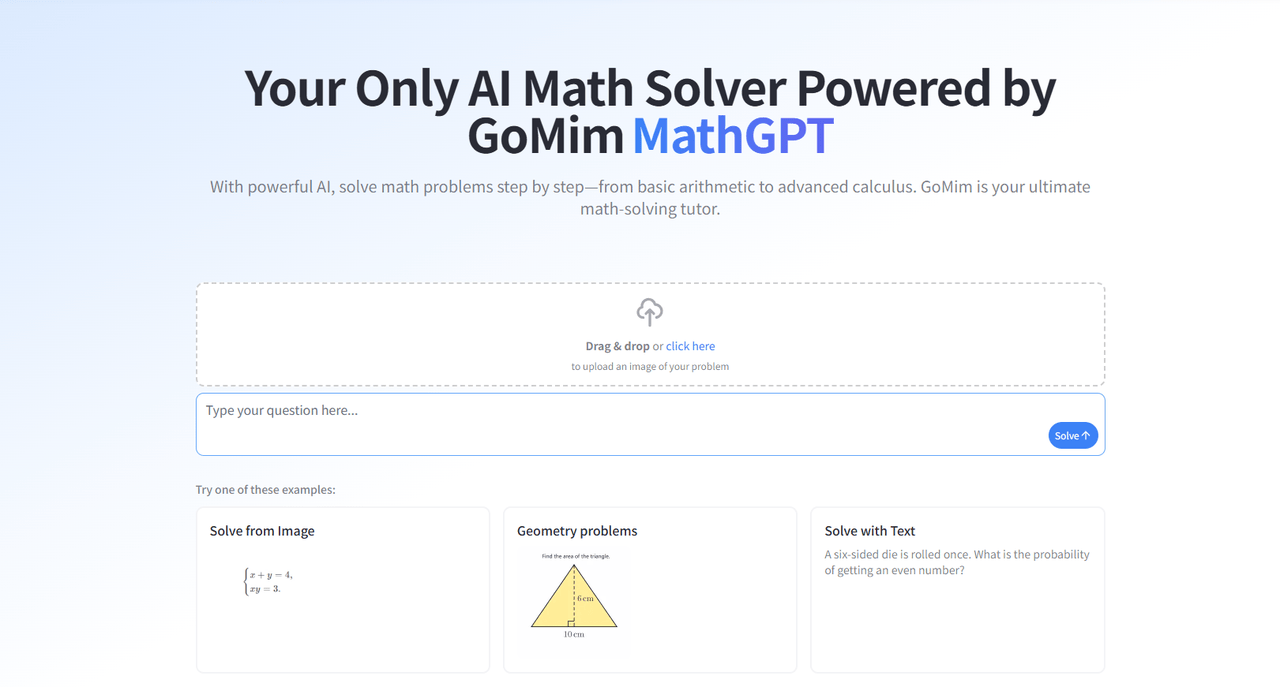
- Multilingual Support: Enables a wider range of learners to interact with the tool in their preferred language.
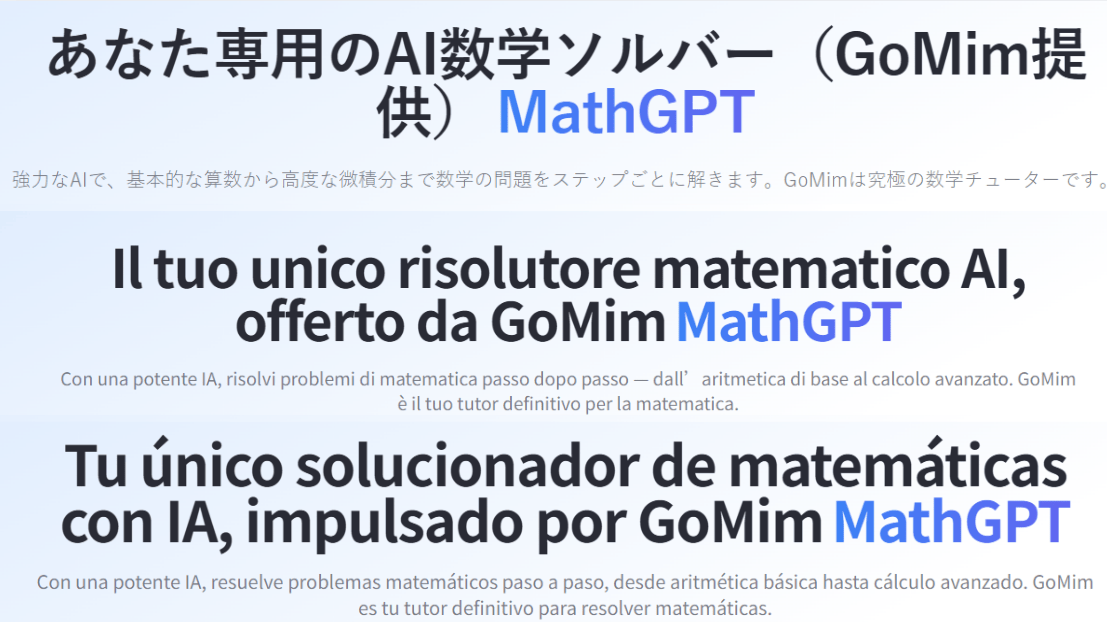
- Comprehensive Topic Coverage: From basic arithmetic to undergraduate-level linear algebra, the solver handles a broad range of difficulty levels without overpromising on unsolved or research-grade problems.
What sets GoMim apart is not exaggerated claims of infallibility, but its thoughtful design that blends a conversational interface with verified reasoning steps. This makes it practical for quick checks, homeworkassistance, and guided practice—providing support that complements, rather than replaces, active problem-solving by the learner.
Transforming Education: The Impact of Math Solvers on Learning
AI-powered math solvers are revolutionizing education by offering innovative ways to enhance learning experiences:
- Personalized Learning Paths: These tools provide tailored hints and adjust difficulty levels based on each student's performance, allowing learners to progress at their own pace and optimize their understanding.
- Confidence Building: By offering real-time feedback, math solvers empower students to tackle problems with less fear of failure, thereby nurturing a positive learning environment that encourages exploration and persistence.
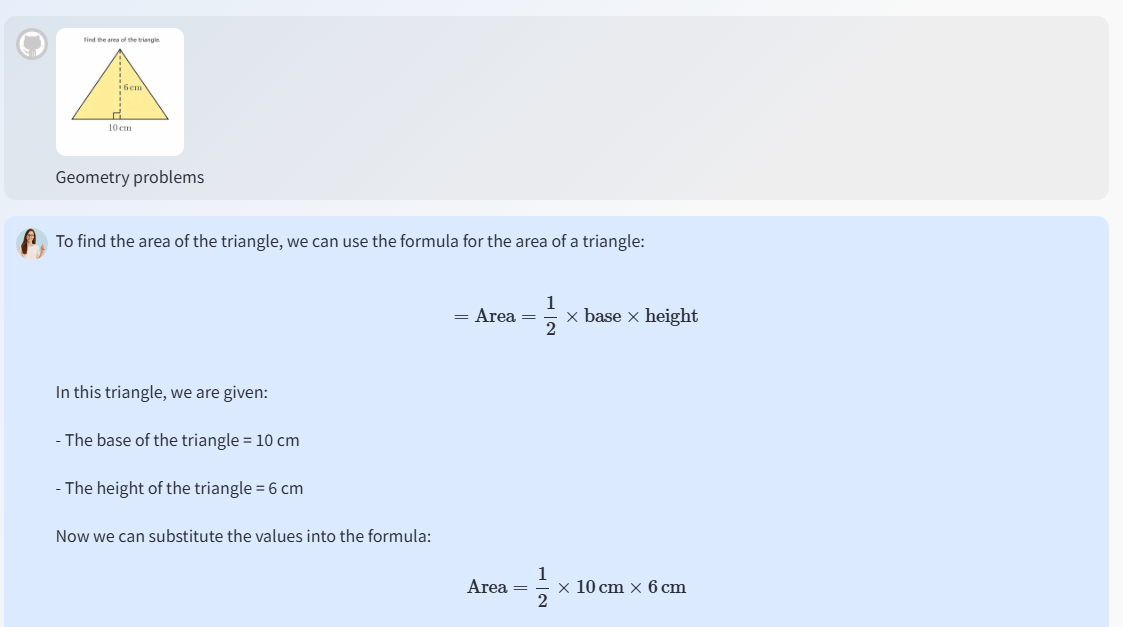
- Closing Equity Gaps: Math solvers serve as affordable, high-quality learning aids, especially beneficial for students who lack access to private tutors. However, it's crucial to address the risk of overdependence. If learners rely solely on these tools without engaging deeply with the reasoning process, their critical thinking skills may diminish. Educators must strive to integrate these solvers as supportive aids within the broader educational framework, ensuring they complement rather than replace active learning.
The Future of AI in Mathematics: Addressing Ethical Challenges
The rapid integration of AI within mathematics education brings significant potential but also demands careful ethical consideration:
- Academic Integrity: Educational institutions face the challenge of designing assessments that focus on evaluating genuine understanding rather than mere answer recall. This requires innovative approaches to testing that encourage deep conceptual engagement.
- Data Privacy: As AI tools become more prevalent, protecting sensitive educational data from misuse or breaches becomes paramount. Ensuring robust security measures is critical to maintaining trust and safeguarding student information.
- Equitable Access: It's essential to prevent scenarios where only well-resourced students can benefit from cutting-edge AI tools. The future of AI in education hinges on transparent model design, equitable distribution of resources, and ongoing ethical oversight to ensure that all students have the opportunity to benefit from these advancements.
By addressing these ethical challenges, the educational sector can harness AI's potential responsibly, paving the way for a more inclusive and innovative future in mathematics learning.
Conclusion
AI-driven math solvers are revolutionizing both competitive mathematics and everyday learning. With AI models achieving gold-level scores at the IMO, we see machines reaching new heights in problem-solving. GoMim exemplifies how these advancements can be translated into practical educational aids, providing step-by-step solutions and multilingual support to meet diverse learner needs. While emphasizing user understanding without overpromising, GoMim offers a balanced approach to complement traditional learning. As AI advances, addressing ethical concerns like academic integrity and equitable access is crucial. By thoughtfully integrating AI, we can enhance mathematical understanding and empower learners responsibly and inclusively.
FAQs
What is the significance of AI winning gold at the IMO?
AI achieving gold-level scores at the IMO demonstrates advanced problem-solving capabilities and marks a new era in AI's role in competitive mathematics.
How does GoMim differ from elite AI systems used at the IMO?
GoMim focuses on reliability and accessibility for everyday learners, offering step-by-step solutions and multilingual support without aiming to replicate elite IMO-level performance.
What challenges do math solvers face everyday?
Math solvers often struggle with complex problem interpretation, multi-step reasoning, and integrating multiple domains, which can affect their accuracy and scope.
How do AI-powered math solvers impact education?
AI-powered math solvers personalize learning, boost confidence, and help close equity gaps by providing accessible learning aids, though overdependence should be avoided.
What ethical challenges arise from AI in mathematics education?
Key ethical challenges include maintaining academic integrity, ensuring data privacy, and providing equitable access to AI tools for all students.
How can educators integrate math solvers effectively?
Educators should use math solvers as supportive aids to complement active learning, encouraging engagement with the reasoning process to enhance critical thinking skills.
Why is GoMim a recommended choice for learners?
GoMim offers a balanced solution with flexible input options and comprehensive topic coverage, making it a practical tool for homework assistance and guided practice.
Recent Posts
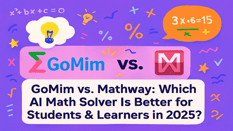
Stuck on a calculus problem at 10 PM? Frustrated by math tools that only give you answers—without explaining how to get ...Try it free now
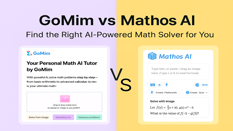
Artificial intelligence is transforming the way students approach mathematics. From algebra to calculus, learners now ha...Try it free now
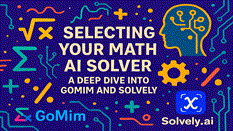
In today's educational landscape, selecting the right mathematical tool is crucial for students and learners aiming to e...Try it free now

Whether you're new to GoMim or have been using it for a while, you may not have fully explored everything it can do. GoM...Try it free now
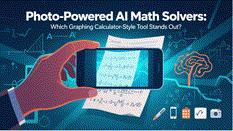
Imagine simply snapping a photo—or typing a problem—and getting a clear, step-by-step breakdown of how to solve it. Toda...Try it free now
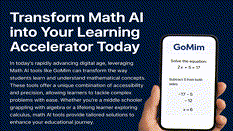
In today's rapidly advancing digital age, leveraging Math AI tools like GoMim can transform the way students learn and u...Try it free now
Table of Contents
- AI Winning Gold: A New Era in Mathematical Reasoning
- Progress in AI Math Reasoning: Revolutionizing Problem Solving
- The Accuracy of Math Solvers: Challenges and Opportunities
- Why GoMim Stands Out as Your Math Solver of Choice
- Transforming Education: The Impact of Math Solvers on Learning
- The Future of AI in Mathematics: Addressing Ethical Challenges
- Conclusion
- FAQs
Your Personal AI Math Tutor
instant problem-solving, step-by-step explanations, personalized learning paths, and visual aids
AI Math SolverLearn math smarter on GoMim
Try GoMim Free - The Most Advanced AI Math Solver!
Join thousands of students using GoMim for math learning and problem -solving.
